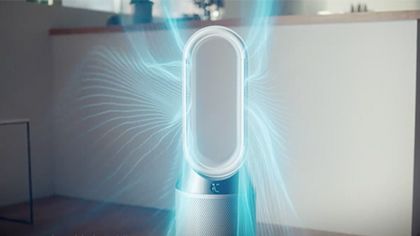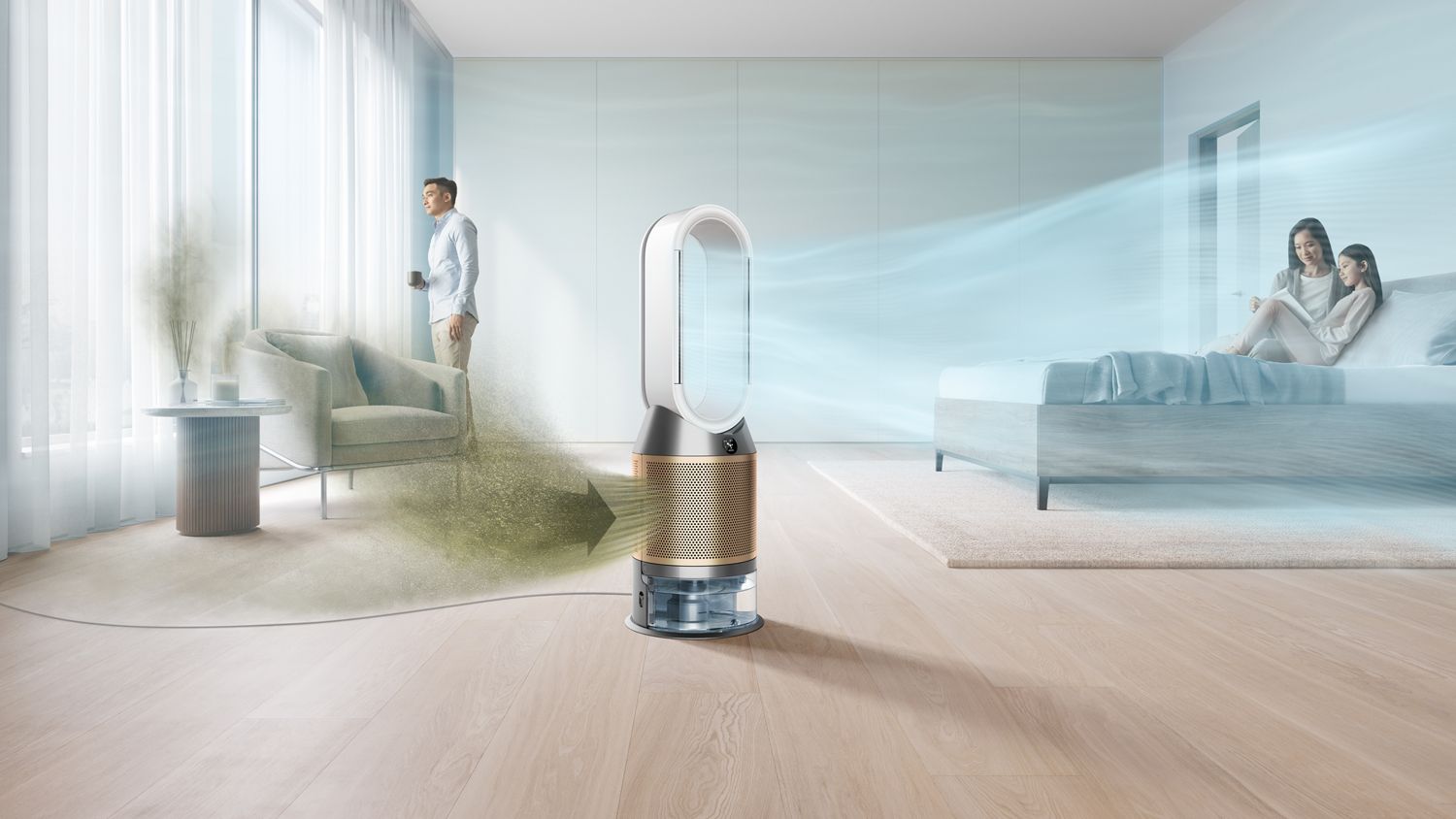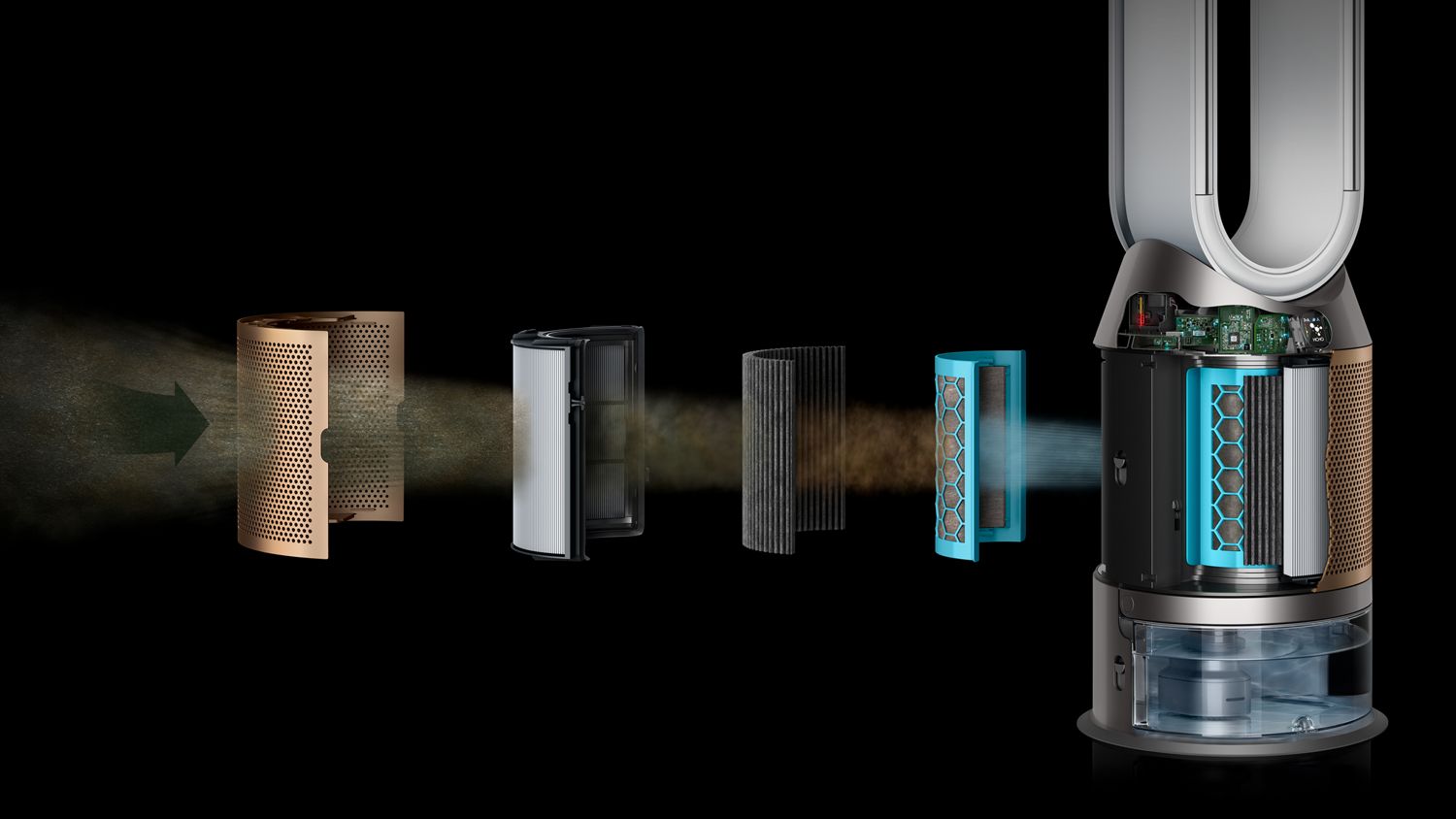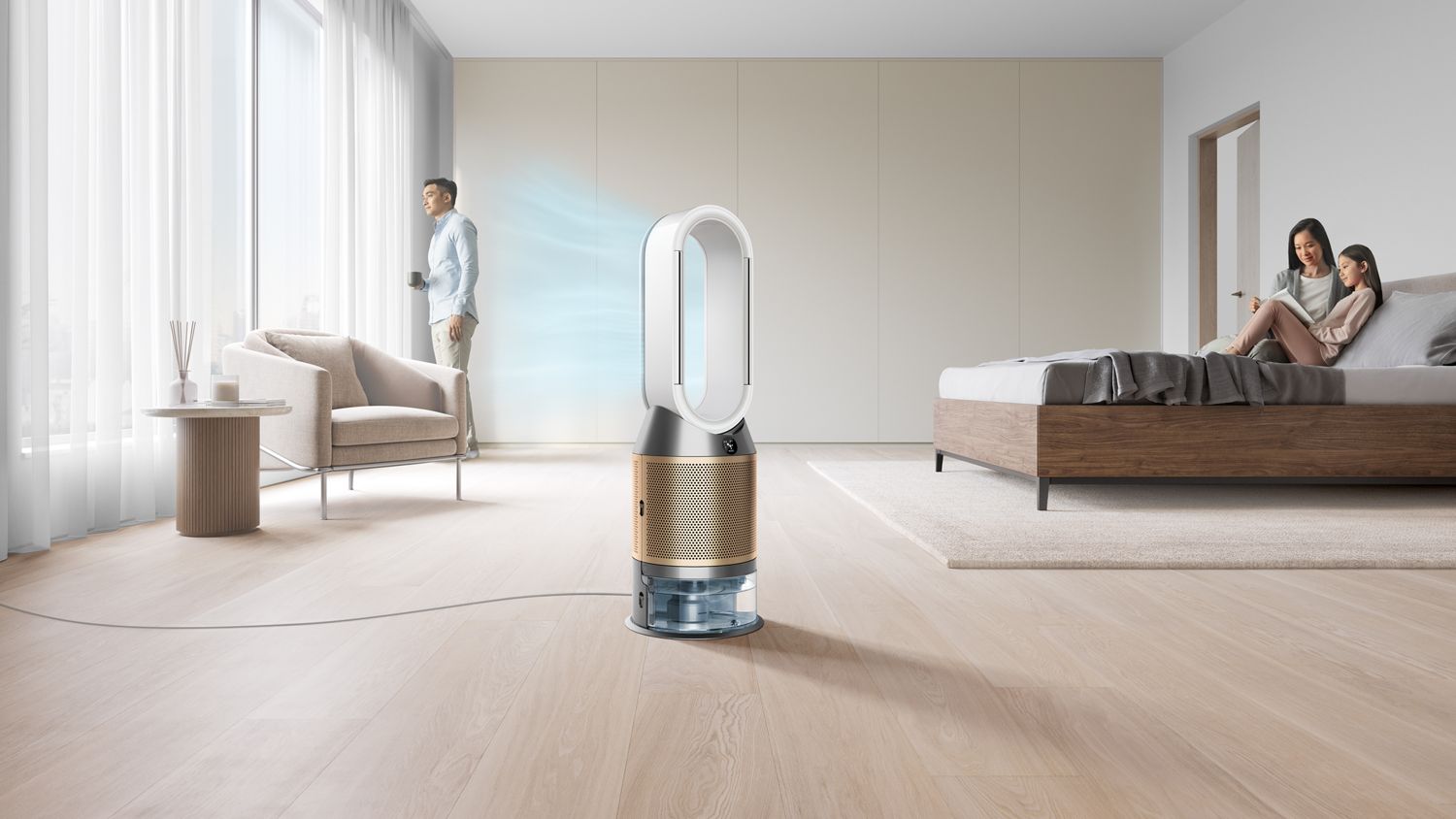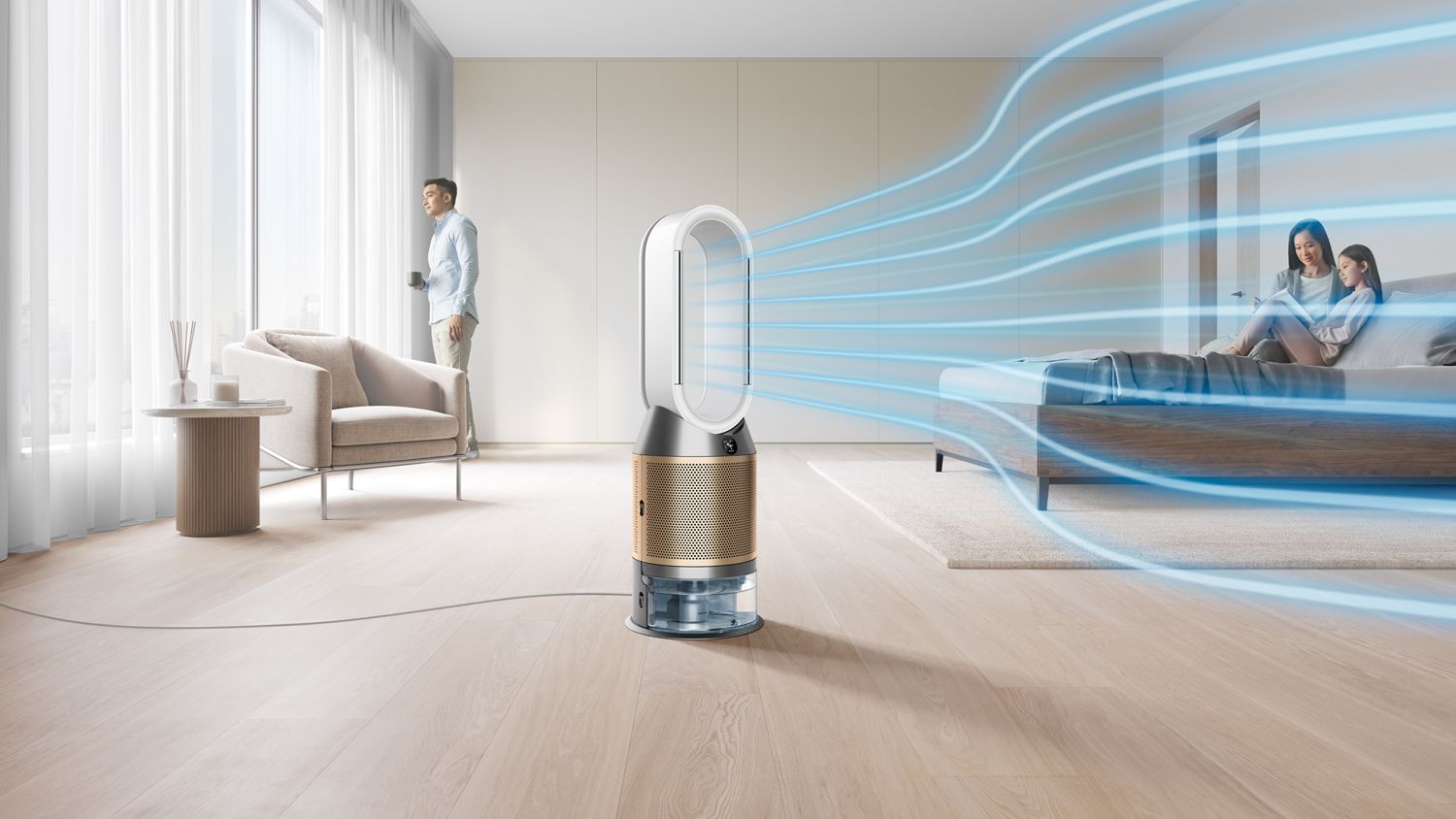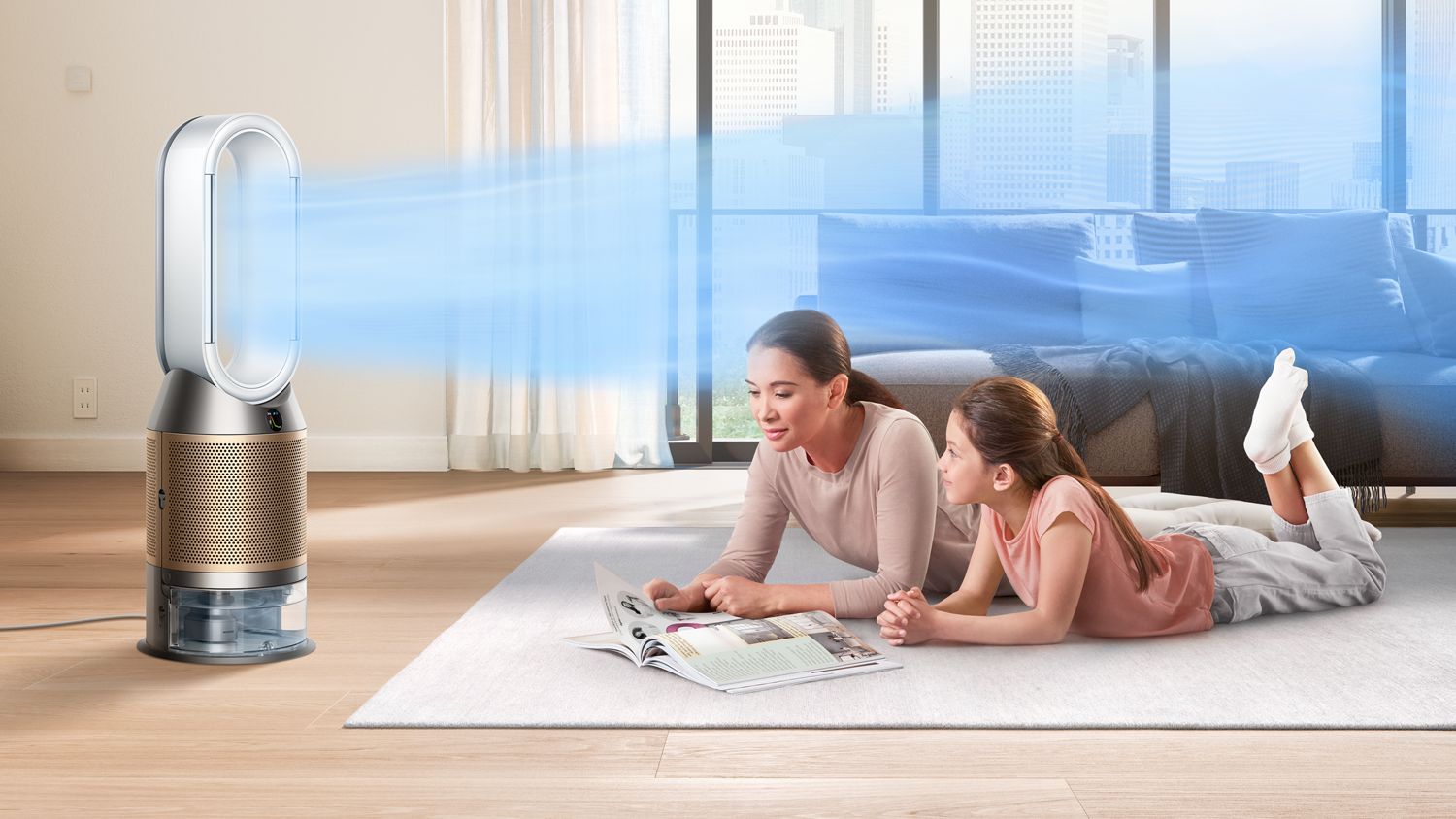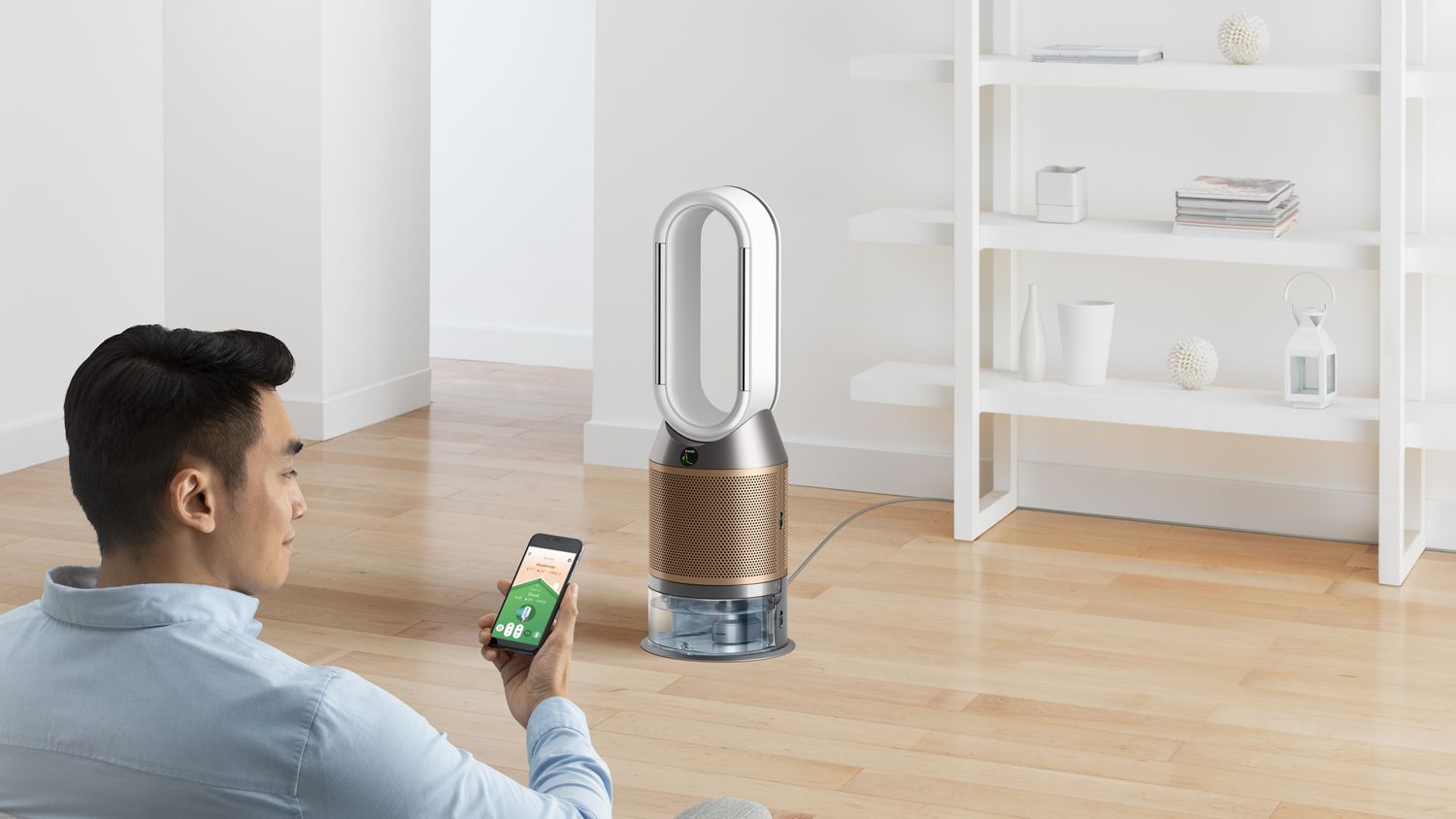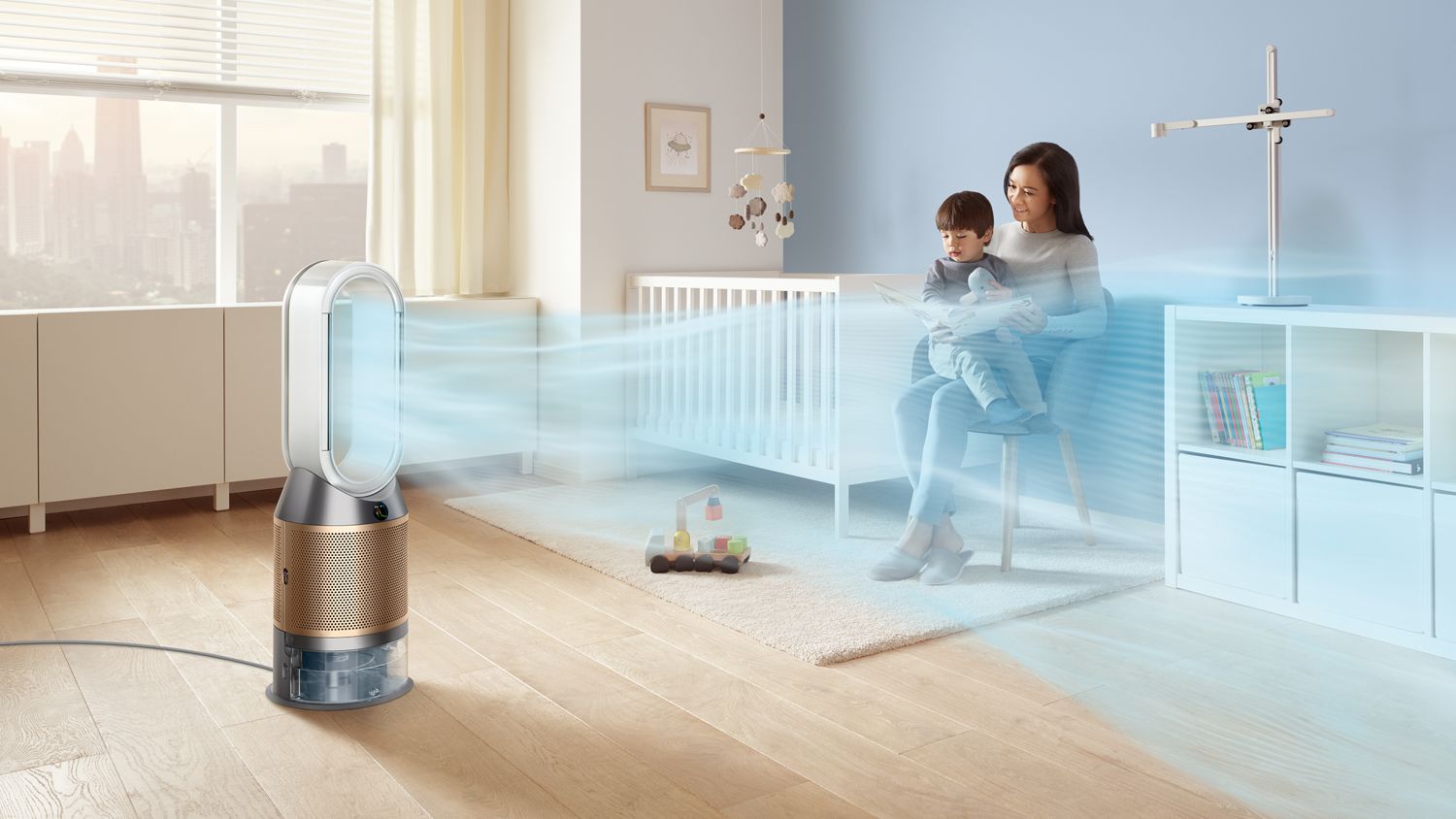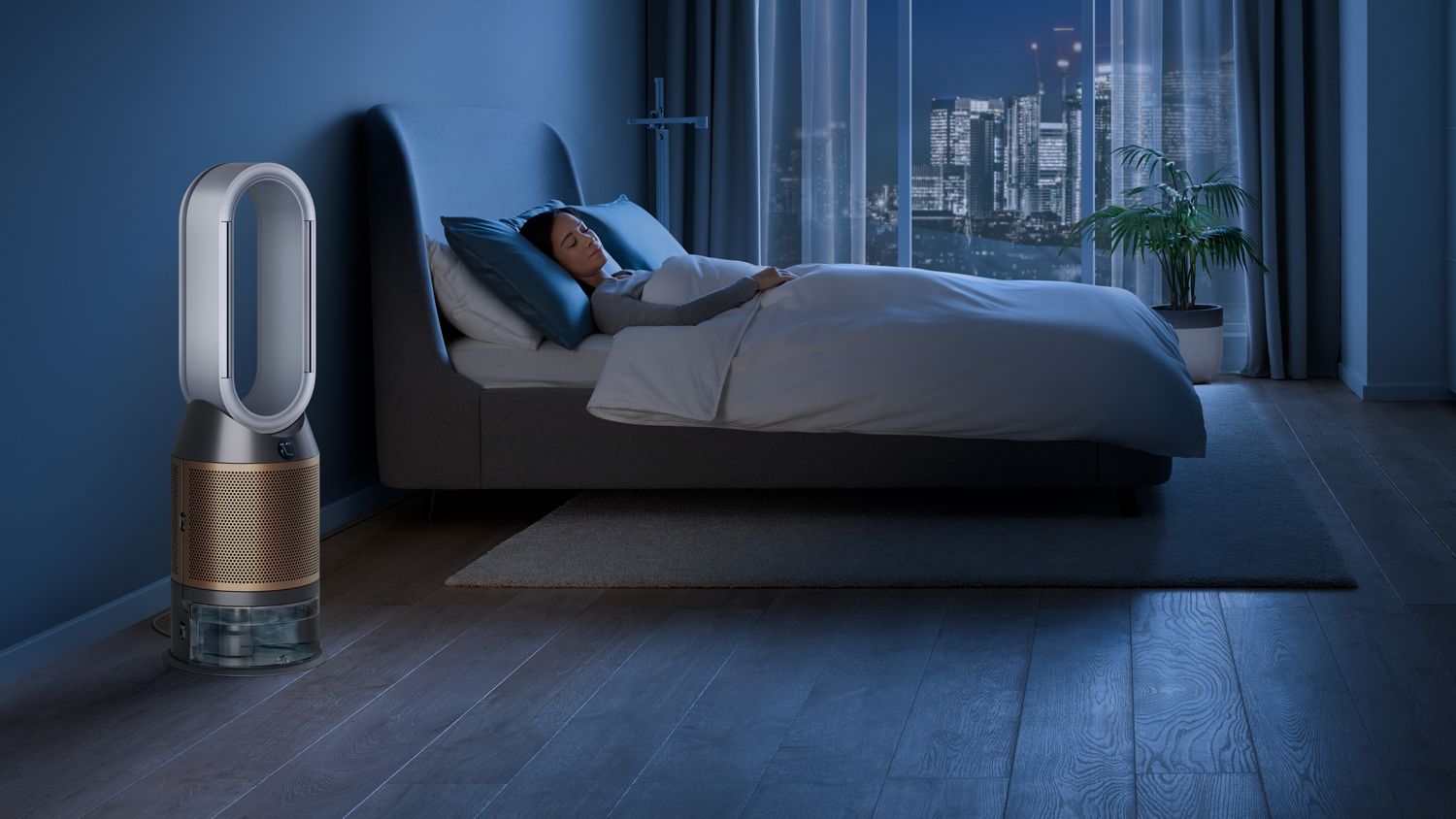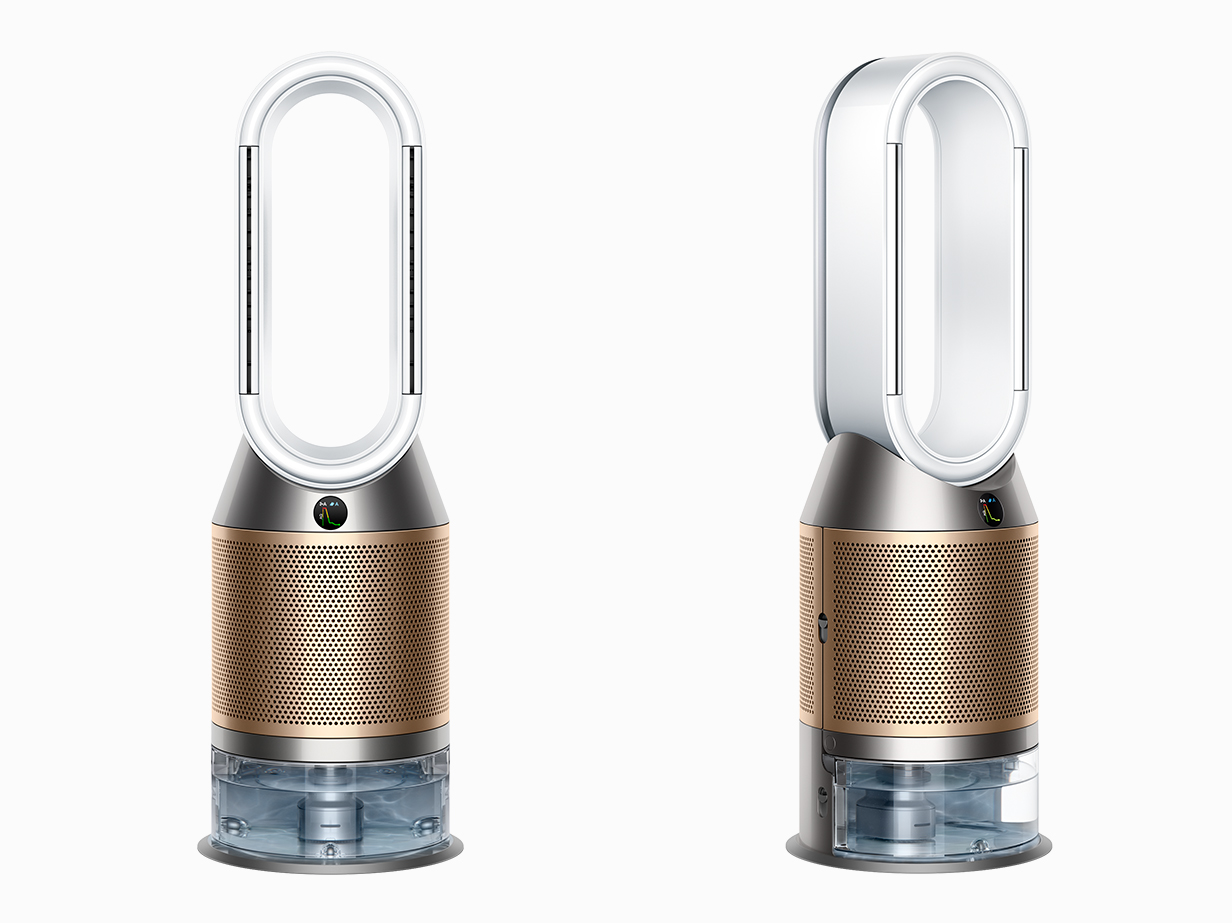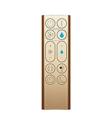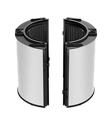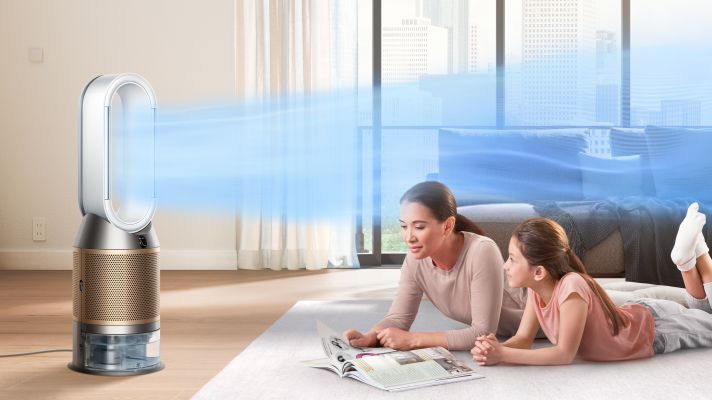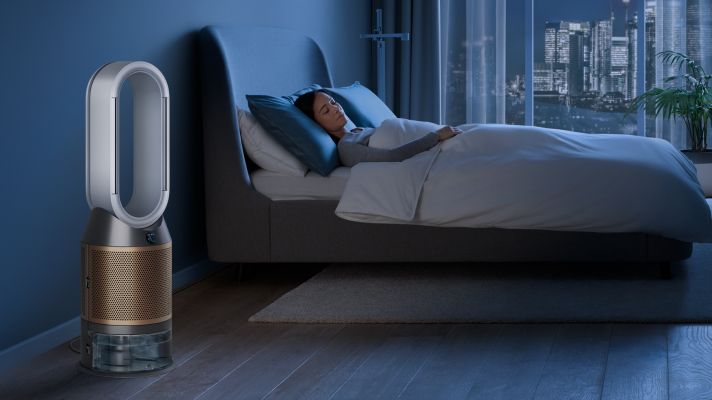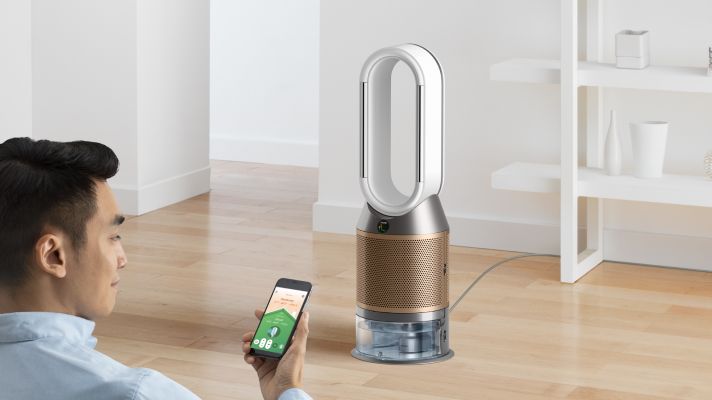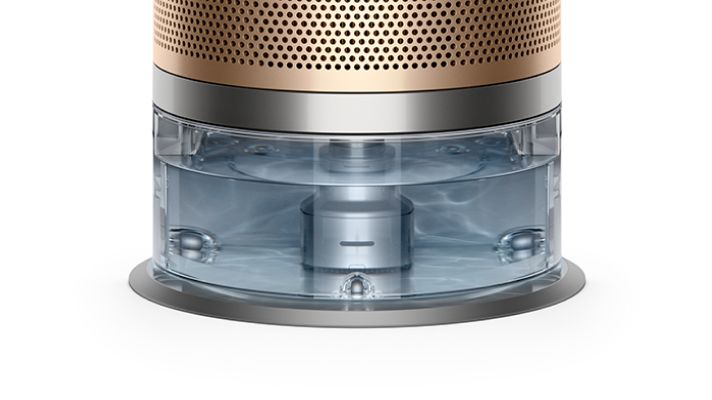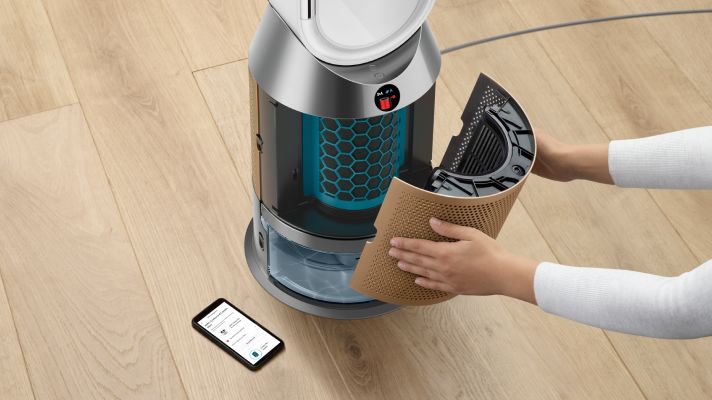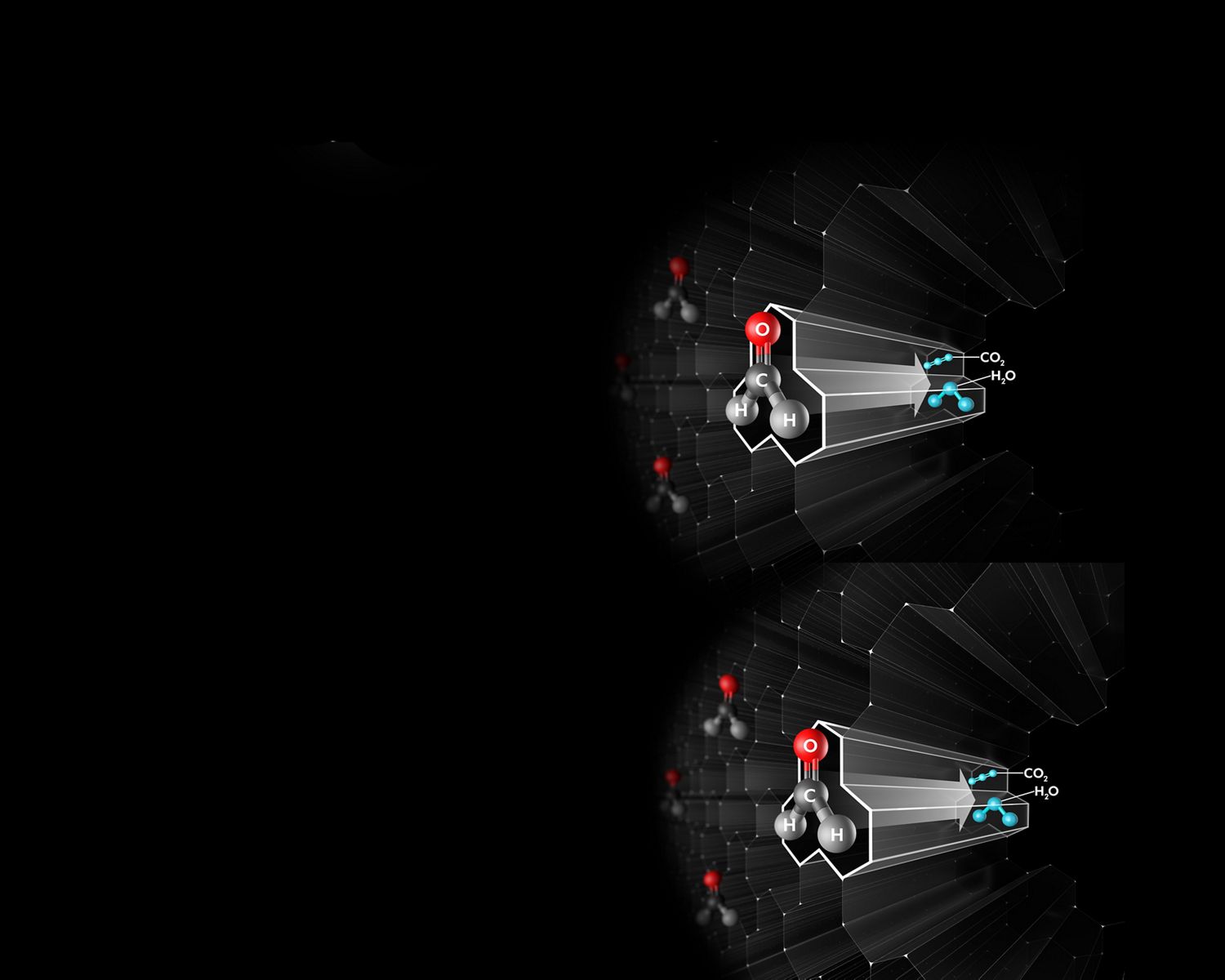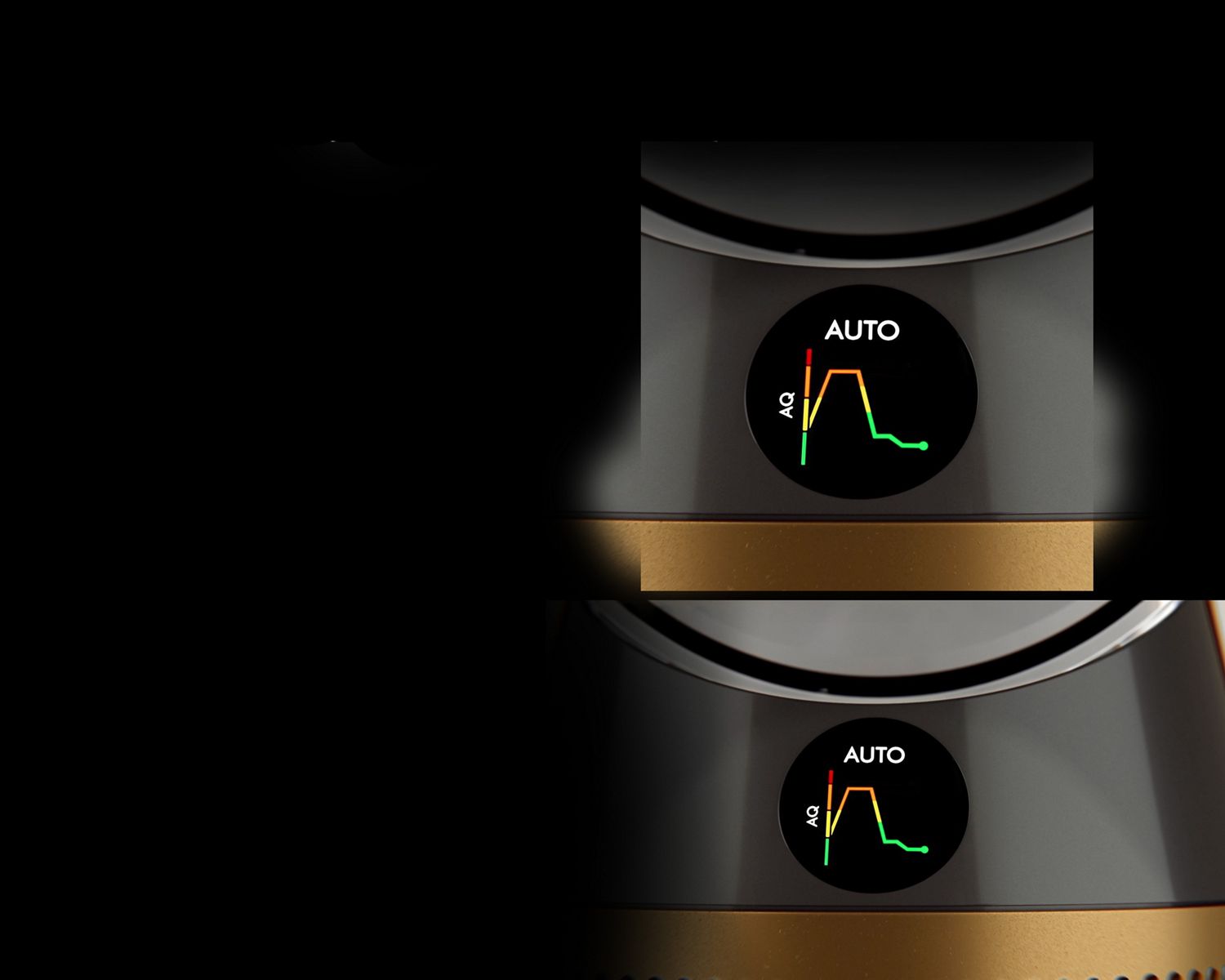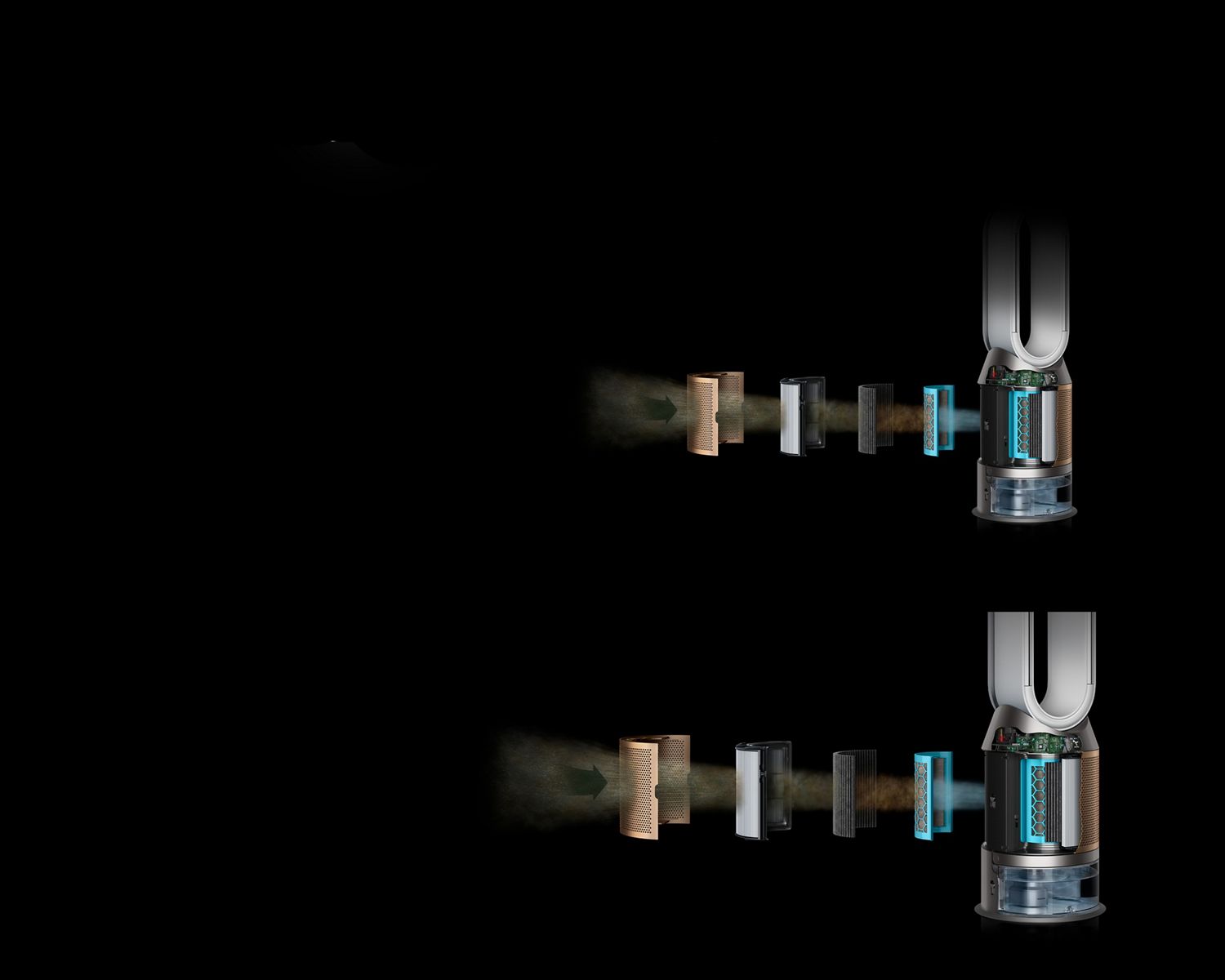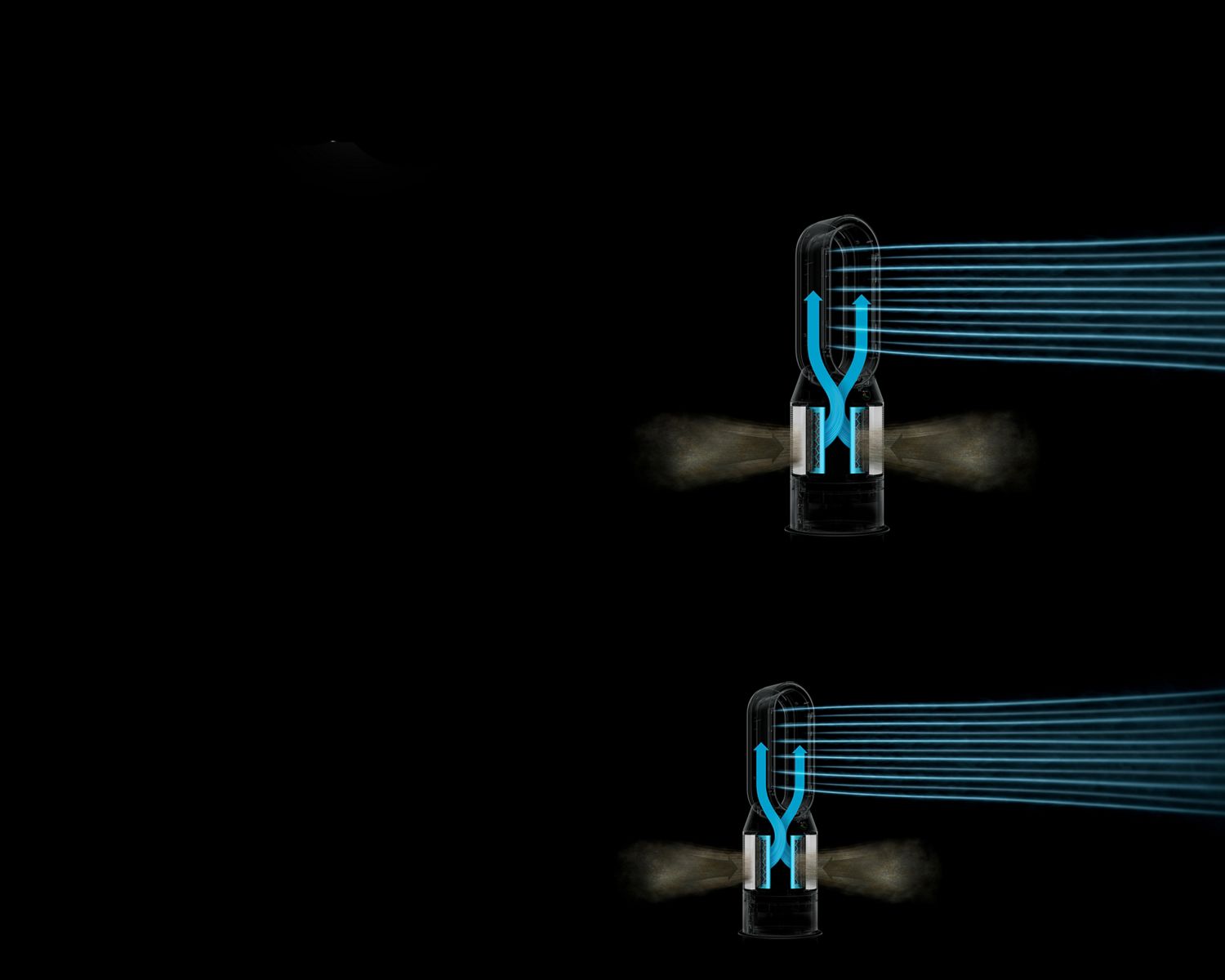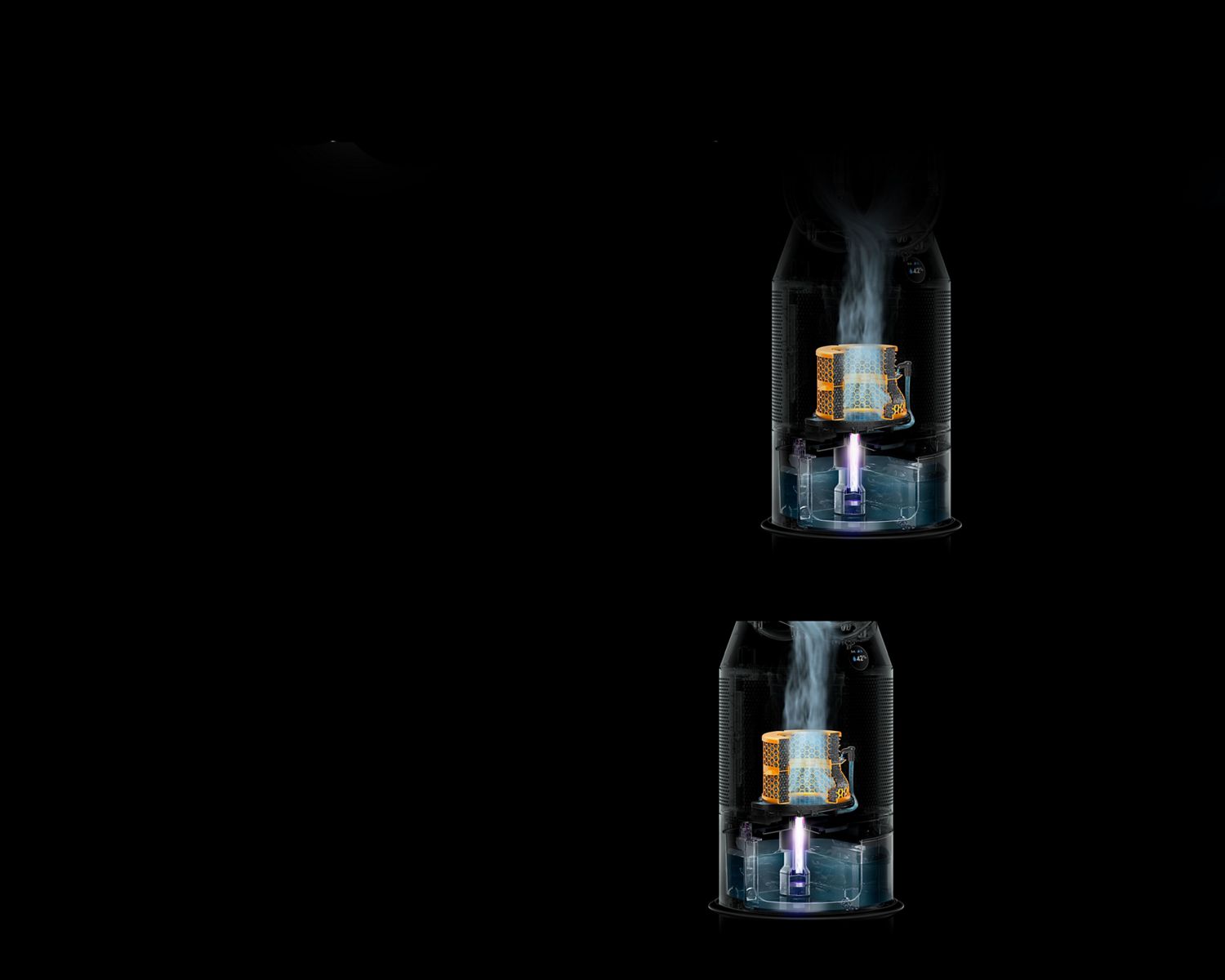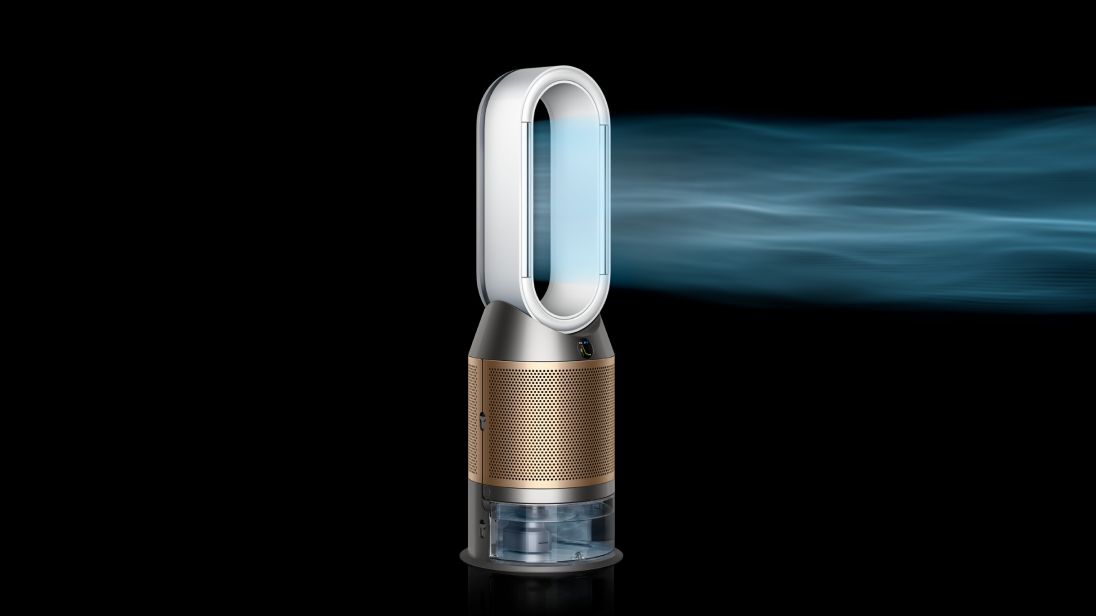

Dyson Purifier Humidify+Cool Formaldehyde PH04 (White/Gold)
Purifies the whole room.¹ Hygienically humidifies.² Cools you. Connects to the MyDyson™ app.
Only at Dyson: Exclusive technology and White/Gold colourway.
Free shipping
Canada’s #1 Most Trusted Air Purifier brand*
2-year warranty
Reviews powered by Bazaarvoice
Dyson Purifier Humidify+Cool Formaldehyde PH04 (White/Gold)
Overall rating
In the box
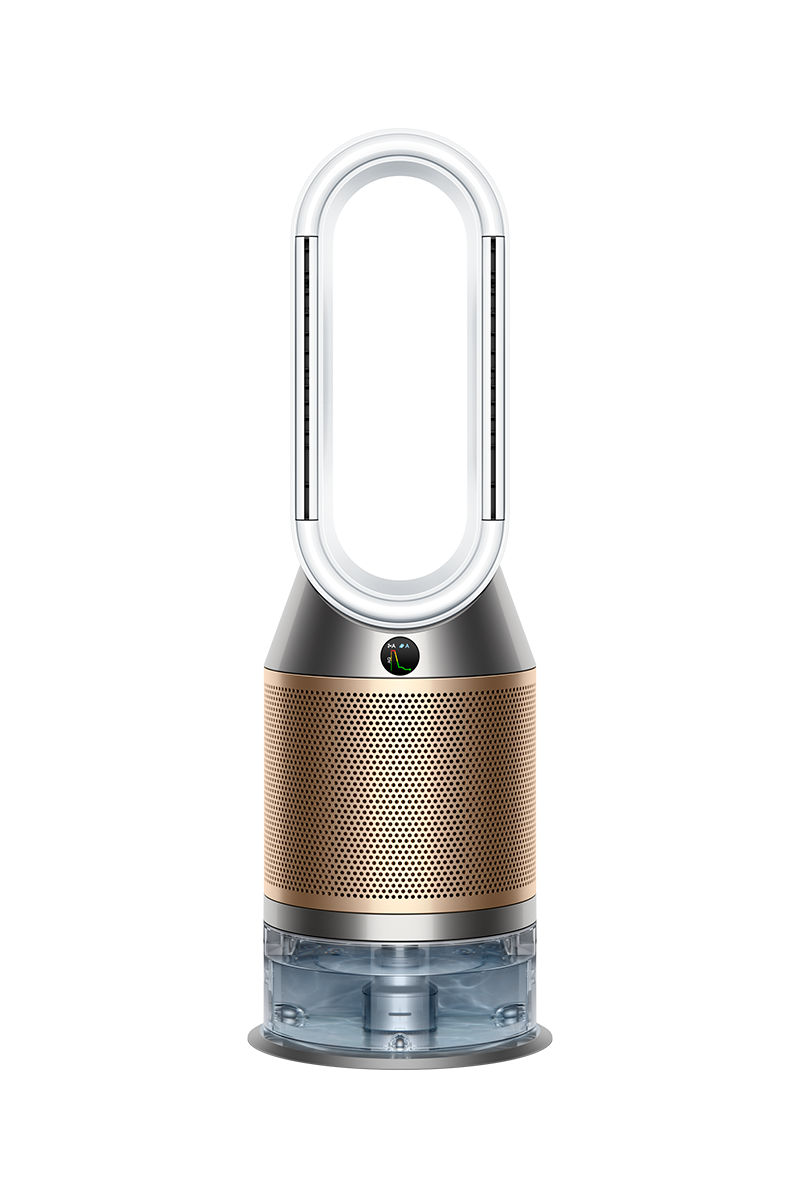
Dyson Purifier Humidify+Cool Formaldehyde PH04 (White/Gold)

Purifies and hygienically humidifies the whole room¹ and cools you in summer
Our purifying humidifiers help maintain a cleaner, more comfortable environment all year round. They also deliver cooling airflow whenever you need it.
Machine highlights
-
Circulates purified humidified air and cools
Dyson Air Multiplier™ technology circulates purified and humidified air throughout the room,⁸ and cools you in warmer weather.
-
Night mode and Sleep timer
Purifies using its quietest settings and a dimmed display. Sleep timer enables pre-set intervals of use, between 15 minutes and 9 hours.
-
Real data in real time
Control and monitor your air quality from anywhere using the MyDyson™ app.¹⁰
10 airflow speeds with Breeze and Diffused modes
-
Breeze mode
Unique algorithms vary the airflow to mimic a cooling, refreshing breeze.
-
Diffused mode
Diverts airflow through the back of the machine. To purify and humidify, without cooling you.
Frequently asked questions
We've re-engineered our latest purifier humidifier to be fully sealed - what goes inside, stays inside. With a hassle-free Deep clean cycle that removes mineral build-up throughout your machine's water system.
What is different about the Dyson Formaldehyde range?
The Dyson Purifier Humidify+Cool Formaldehyde has all of the capabilities found in our advanced purification products but goes a step further to detect and destroy formaldehyde.¹ An added solid-state sensor precisely detects formaldehyde, while our catalytic filter breaks it down into two safer molecules – carbon dioxide and water.
What is formaldehyde and what are common sources of it?
Formaldehyde is a polluting gas formed of carbon, hydrogen and oxygen that is commonly found in homes. Common sources of formaldehyde could be: paint and varnishes, air fresheners, mattresses, furniture, household cleaners, carpets, particleboard and plywood, electronics, dryer sheets, nail polish remover, moth balls, toys, fireplaces and wood burning stoves.
Where should I place the purifier humidifier in my room?
Your Dyson Pure Humidify+Cool™ is engineered to purify and humidify single rooms, so you should use it where you spend the majority of your time at home. When placing the machine, make sure there's at least a few feet of clearance on all sides, so that the air can circulate effectively. Close doors and windows and place away from air vents.
Can I switch off humidification?
Yes. The machine works as a purifier humidifier, or just a purifying fan.
How often should I run a Deep clean cycle?
This depends on the water hardness where you live. The machine prompts you to run the cycle once a month in hard water areas. It prompts you less often in softer water areas. You can select your water hardness with the MyDyson app.⁵
¹ Third party full machine testing based on GB/T 18801-2022 formaldehyde cumulative clean mass testing with continuous injection until plateau of formaldehyde CADR is achieved. Results may vary in practice.
² Tested for purification coverage in an 2860ft³ chamber. Tested for humidification coverage in a 1447ft³ chamber.
³ Gas capture rates vary.
⁴ Tested to DTM-004533.
⁵ Requires device to run app, Wi-Fi or mobile data, Bluetooth 4.0 support, and iOS version 10 or Android version 5 (or above). Standard data and messaging rates may apply.
⁶ Based on fan speed 1.
⁷ Fan not air conditioning unit.
⁸Tested by a third-party laboratory. During use, compared to dry ambient air.
Compared to dry ambient air* Dyson purifiers were challenged with airborne influenza A (H1N1 virus), MS2 bacteriophage at an independent lab, using a 30 m3 chamber. After 60 minutes at maximum fan speed, the airborne concentration in the chamber was reduced up to 99.9 %. Real-life efficacy may vary.
*Voted most trusted Air Purifier brand by Canadian shoppers based on the 2025 BrandSpark® Canadian Trust Study.

